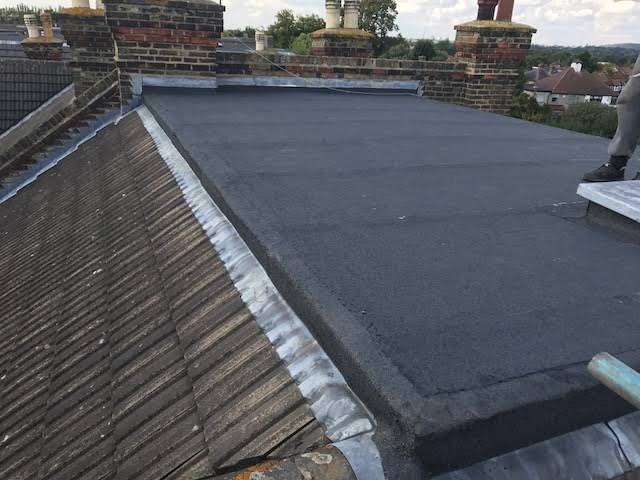Understanding Roofing Insurance Claims

Roofing insurance claims can be a complex and daunting process for homeowners. From storm damage to wear and tear, roofs endure various challenges over time, and understanding how insurance coverage applies is crucial. In this comprehensive guide, we delve into the intricacies of roofing insurance claims, providing you with the knowledge to navigate this often perplexing terrain.
The Basics of Roofing Insurance Claims
Before delving into the specifics, it’s essential to grasp the fundamentals of roofing insurance claims. Homeowner’s insurance typically covers damage caused by unexpected events such as storms, fire, or vandalism. However, coverage may vary based on your policy and the cause of damage.
When it comes to roofing, insurance policies commonly cover damage resulting from:
- Storms: High winds, hail, and heavy rain can wreak havoc on your roof, leading to leaks, missing shingles, or structural damage.
- Fire: Fires can cause extensive damage to roofs, compromising their integrity and safety.
- Vandalism: Intentional damage to your roof, such as vandalism or malicious mischief, may be covered under your insurance policy.
Understanding what your policy covers—and what it doesn’t—is the first step in filing a successful roofing insurance claim.
Filing a Roofing Insurance Claim: Step-by-Step Guide
Filing a roofing insurance claim can be a multi-step process. Here’s a step-by-step guide to help you navigate it smoothly:
1. Assess the Damage:
After a storm or incident, assess the damage to your roof carefully. Look for missing shingles, leaks, dents, or any other signs of damage.
2. Document the Damage:
Take photographs or videos of the damage as evidence for your insurance claim. Be thorough and capture all angles to support your case.
3. Review Your Policy:
Review your homeowner’s insurance policy to understand what types of damage are covered and any limitations or exclusions that may apply.
4. Contact Your Insurance Company:
Once you’ve documented the damage and reviewed your policy, contact your insurance company to initiate the claims process. Provide them with all necessary information and documentation.
5. Schedule an Inspection:
Your insurance company may send an adjuster to inspect the damage and assess the extent of repairs needed. Be present during the inspection to ensure all damage is properly documented.

6. Obtain Estimates:
Obtain estimates from reputable roofing contractors for the cost of repairs or replacement. Submit these estimates to your insurance company as part of your claim. Visit Norwalk CT roofer where you will find lots of useful tips and information about understanding roofing insurance claims.
7. Negotiate if Necessary:
If your insurance company’s initial offer doesn’t cover the full cost of repairs, don’t hesitate to negotiate. Provide additional evidence or quotes to support your claim and advocate for fair compensation.
8. Approve Repairs:
Once your claim is approved, work with your chosen roofing contractor to schedule repairs or replacement. Ensure that the work meets local building codes and industry standards.
By following these steps and staying organized throughout the process, you can increase the likelihood of a successful roofing insurance claim.
Tips for Maximizing Your Insurance Claim
To maximize your insurance claim and ensure fair compensation, consider the following tips:
- Keep Records: Maintain detailed records of all communication with your insurance company, including phone calls, emails, and letters.
- Get Multiple Estimates: Obtain estimates from multiple roofing contractors to ensure you’re getting a fair price for repairs or replacement.
- Know Your Rights: Familiarize yourself with your rights as a policyholder, including your right to appeal a claim denial or insufficient settlement.
- Consider Hiring a Public Adjuster: If you’re struggling to navigate the claims process, consider hiring a public adjuster to advocate on your behalf and maximize your settlement.
Conclusion
Navigating roofing insurance claims can be challenging, but with the right knowledge and preparation, you can successfully navigate the process. By understanding your policy, documenting damage, and following the proper steps, you can increase the likelihood of a favorable outcome. Remember to stay organized, advocate for yourself, and don’t hesitate to seek professional assistance if needed.


 Branding for Digital Platforms
Branding for Digital Platforms  Plumbing Tools and Techniques
Plumbing Tools and Techniques  Importance of User Research in UX Design
Importance of User Research in UX Design  Technology into Your Condo Renovation
Technology into Your Condo Renovation  Save Money on Car Rentals
Save Money on Car Rentals  Alternatives to Tooth Extraction
Alternatives to Tooth Extraction